Some stages of the Portuguese Way stand out for their natural beauty, historical richness and cultural significance. Below, I present a selection of
the most beautiful stages of the Portuguese Way:
Although this stage can be considered part of the border between Portugal and Spain, it offers spectacular views along the Miño River. Valença do Minho, with its impressive fortress, is a place of great beauty and historical value. Crossing the International Bridge to Tui is an experience that many pilgrims describe as magical.
This stage marks the entrance to Galicia from Portugal, crossing the Tui International Bridge. Here, the Camino takes you through lush forests and quiet country lanes. The city of Tui, with its cathedral fortress, offers spectacular panoramic views of the Miño River and is a perfect place to start this beautiful stage.
This stage takes you through lush eucalyptus forests and green fields, offering a charming contrast to the small villages you will find along the way. In addition, Pontevedra is one of the most beautiful cities in Galicia, with a well-preserved historic center and a vibrant cultural life.
- Pontevedra - Caldas de Reis
One of the most beautiful stages of the Portuguese Way, this section combines the best of Galician nature. You will pass ancient stone bridges, green valleys and crystal clear rivers. Furthermore, upon arrival in Caldas de Reis you are rewarded with its natural hot springs, perfect for relaxing your muscles after a day of walking.
Known for its tranquility and natural beauty, this stage takes you through the greenest landscapes of the Portuguese Way. The journey between Caldas de Reis and Padrón is a delight for the senses, with numerous streams and old mills that line the road. Padrón is famous for being the place where, according to tradition, the boat that transported the remains of the Apostle Santiago arrived.
Among all of them, choosing
the most beautiful stage can be subjective and very personal, since it depends on the tastes and preferences of each pilgrim. However, one of the most valued stages and that is frequently highlighted for its natural, scenic and historical beauty is the one that goes from
Pontevedra to Caldas de Reis. Among the reasons why it is considered the most beautiful, we highlight:
- Natural Landscapes: This stage crosses lush Galician forests, trails surrounded by vineyards and agricultural fields. The tranquility and greenery of the surroundings provide a comforting experience deeply connected to nature.
- Medieval Rivers and Bridges: Along the way, pilgrims cross crystalline rivers on ancient stone bridges, such as the famous Lérez River Bridge, which adds a historical and picturesque touch to the journey.
- Galician Villages: The route passes through small villages that preserve the traditional Galician essence, where pilgrims can enjoy the local hospitality and the rich gastronomy of the region.
- Hot Springs in Caldas de Reis: The stage ends in Caldas de Reis, known for its natural hot springs, which have attracted visitors since Roman times. It is the perfect place to relax after a day of walking.



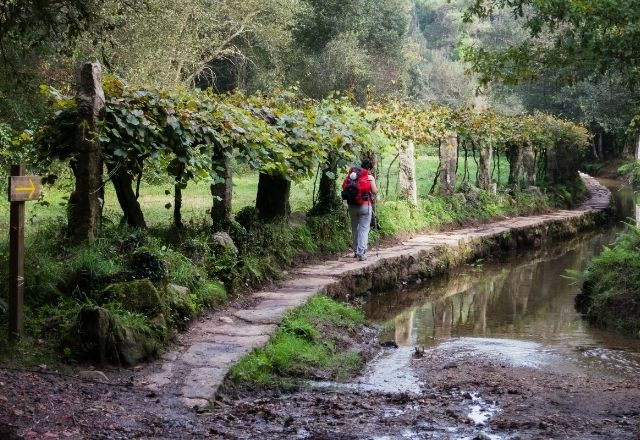
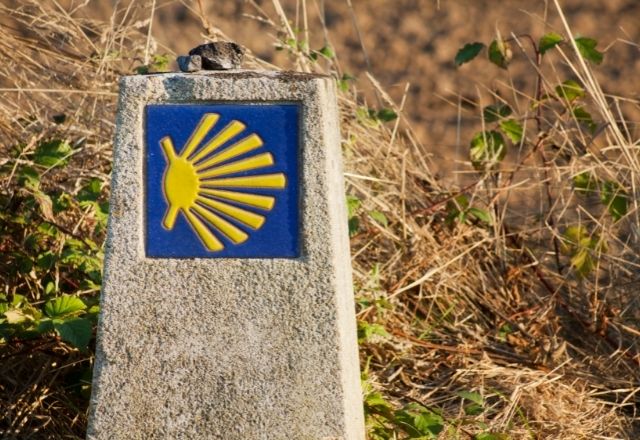
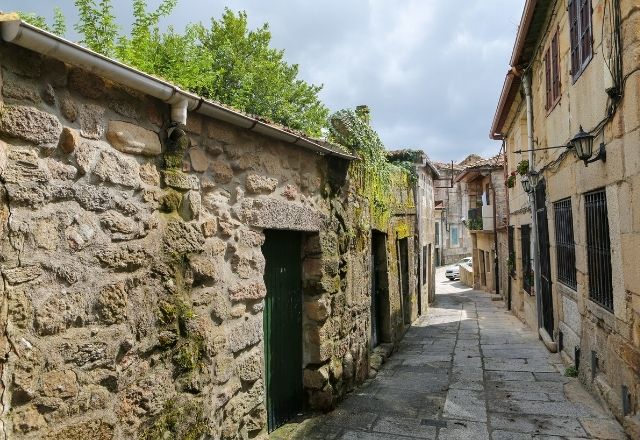
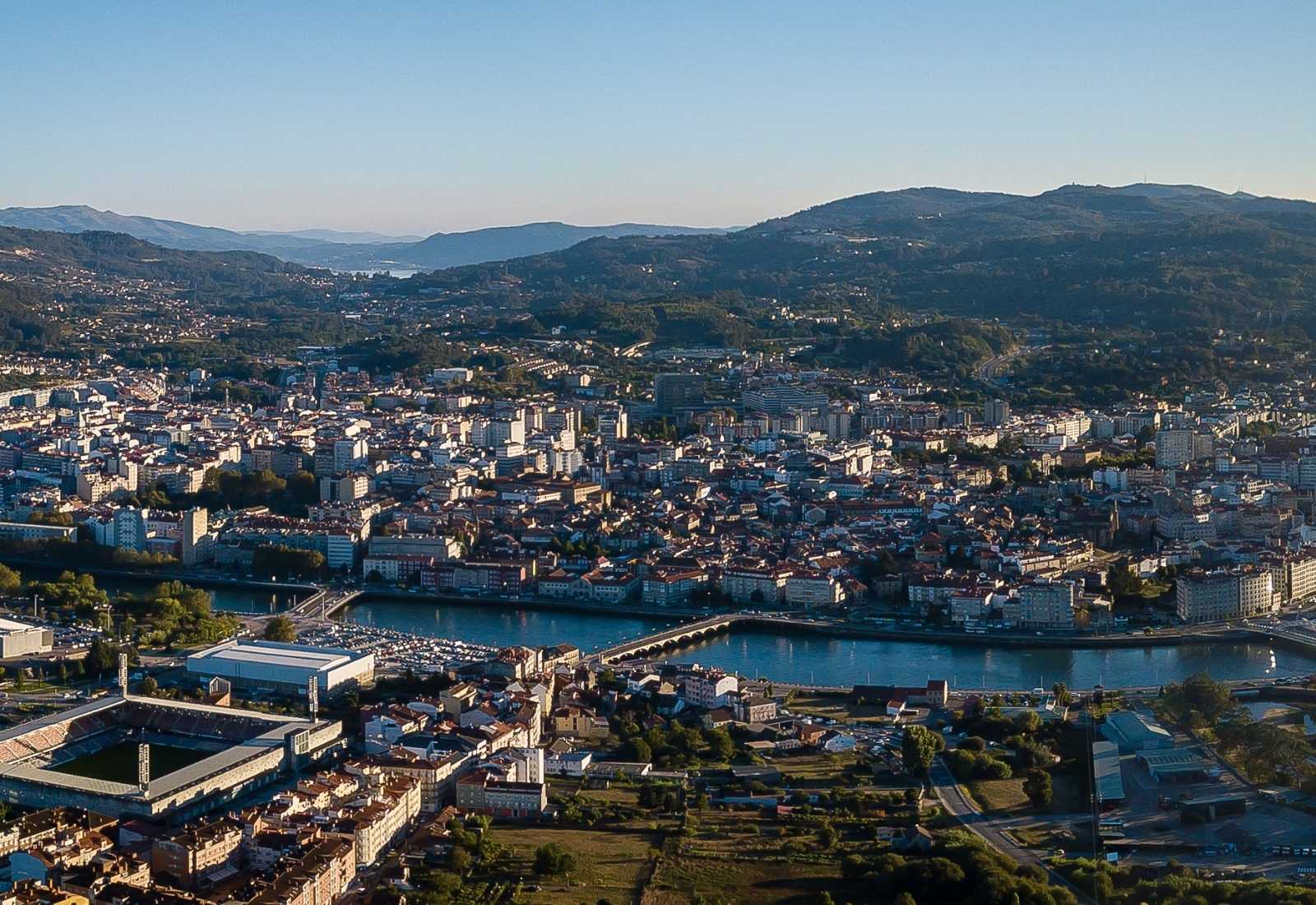
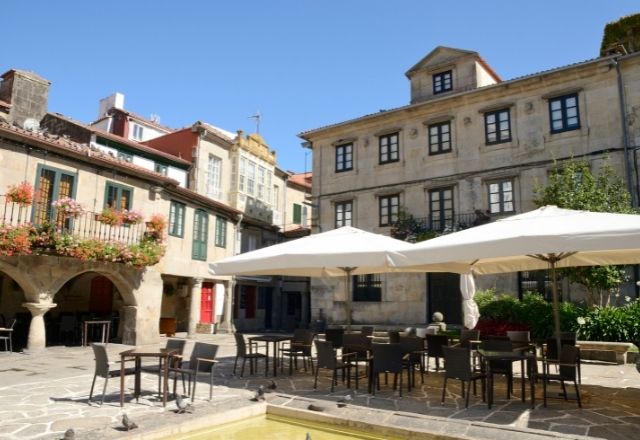
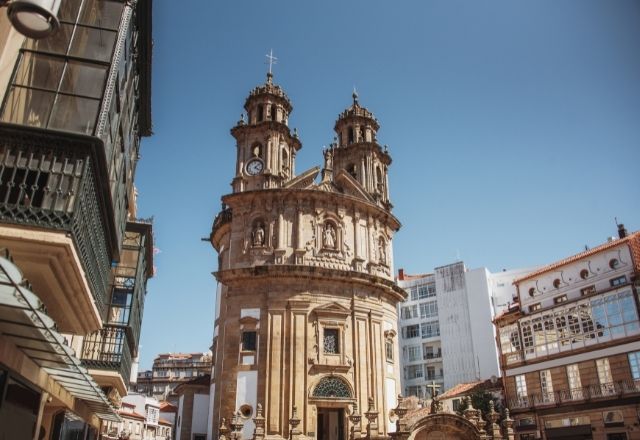






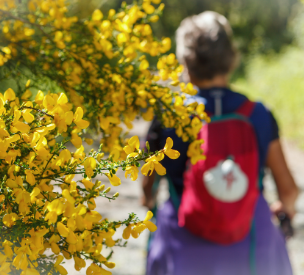

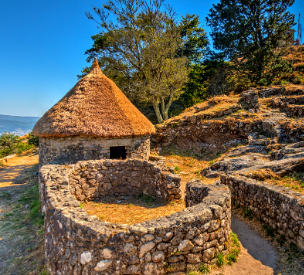
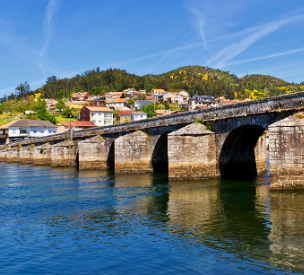









Reviews
There are no reviews yet.